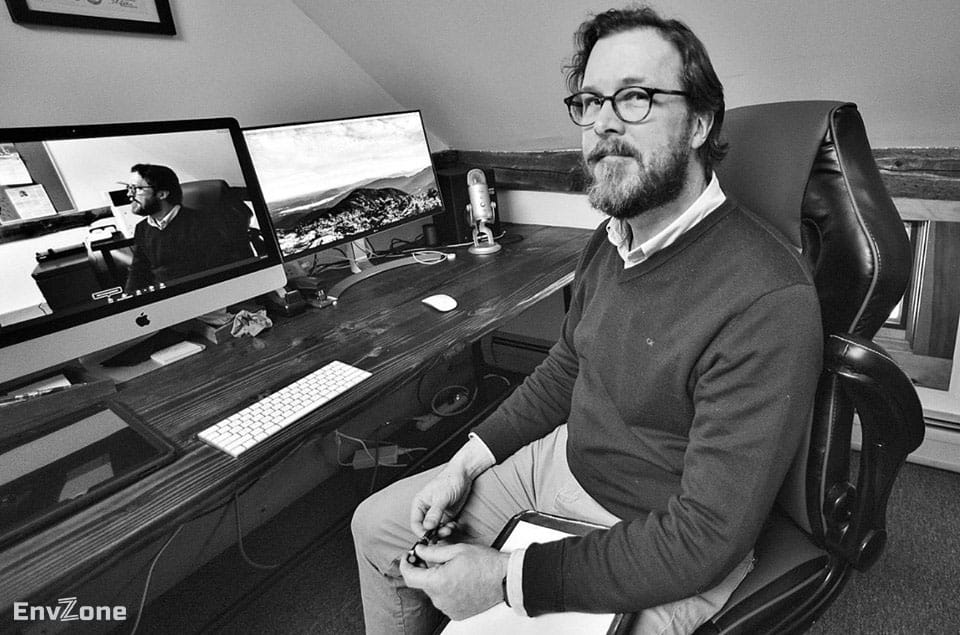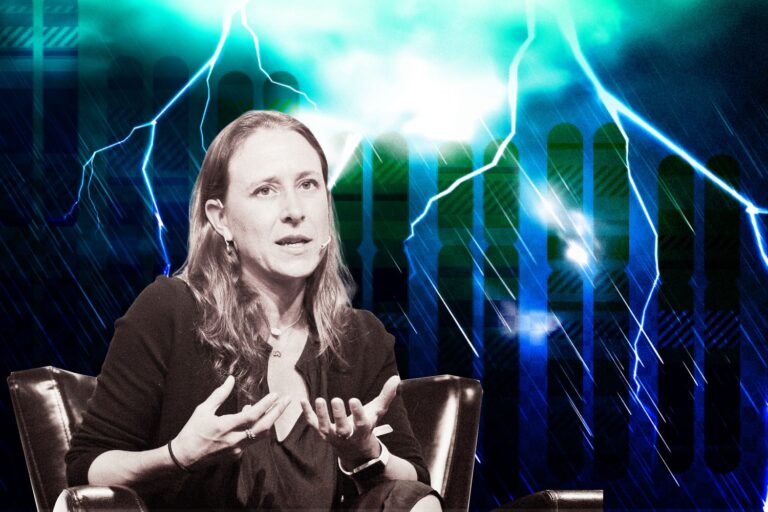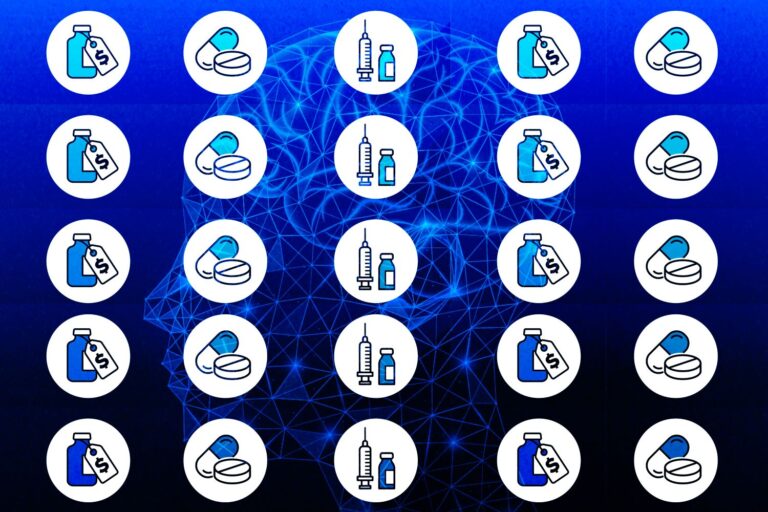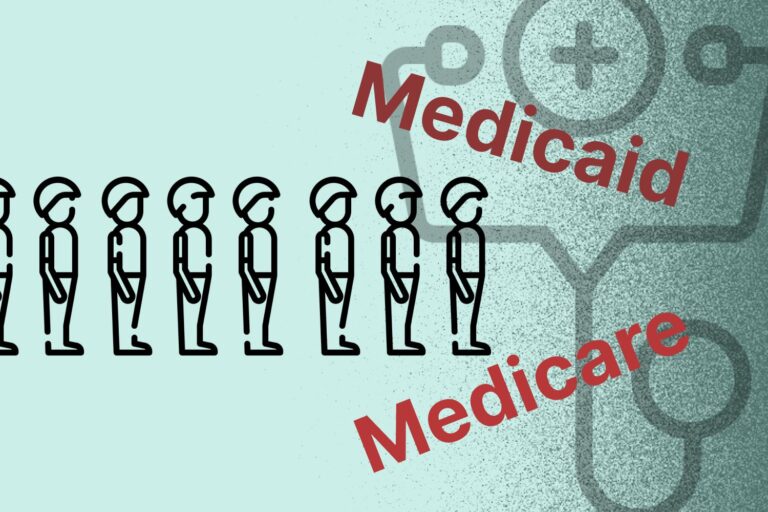An Interesting Combination of Data, Technology, and Healthcare
What is Telehealth?
Telehealth is the provision of healthcare and health-related services via the means of telecommunications and digital communication technologies. Telehealth enables health care and providers to connect with patients and consulting practitioners across vast distances.
Imagine that a patient is diagnosed to have diabetes. In this case, telehealth would be helpful in the following situations:
- Mobile phone or other devices are used to upload food logs, medications, dosing, and blood sugar levels for review by an electronically respond nurse.
- Providing videos on carbohydrate counting and apps for this practice on mobile devices.
- Apps are used to estimated base on the patient’s diet and exercise intensity, and the level of insulin he/she needed.
- Test results, schedule appointments, request prescription refills or connect with doctors can be easily accessed on an online patient portal.
- Testing supplies and medication can be effortlessly ordered online.
- As a patient can get a mobile retinal photo screening at his/her doctor’s office, there is no need in scheduling an appointment with a specialist.
- Reminders are sent via email, text messages or personal mobile phone when a flu shot, foot exam or other preventive care are needed.
In fact, telehealth is the combination of data, technology, and healthcare with the goal of:
- Making healthcare accessible to people who live in rural or isolated communities.
- Making services more readily available or convenient for people with limited mobility, time or transportation options.
- Providing access to medical specialists.
- Improving communication and coordination of care among members of a health care team and a patient.
- Providing support for self-management of health care.
Telehealth or Telemedicine
The two terms sometimes can be interchanged; however, the evolvement of “telehealth” has epitomized a wider spectrum of this healthcare practice in today’s digital age.

Telehealth modalities
mHealth
mHealth or Mobile Health are apps or software products inserted on users’ mobile devices that allow them to receive text message promoting a healthy lifestyle, follow their own health measurement on the daily basis, set reminder for medical appointments. Yet, this mHealth also includes wide-scale disease outbreak alteration like asthma and diabetes management tools, or weight loss or cessation apps.
Policies governing the use of this technology are continually being formed considering its recent emergence into this field.
The Food and Drug Administration (FDA), the Federal Trade Commission (FTC), the Federal Communication Commission (FCC) and the Department of Health and Human Services (HHS) all have some jurisdiction and will be establishing federal policies for this newest telehealth modality.
Live video conferencing
Live video conferencing is a bidirectional communication using audiovisual telecommunication technology between a user and a care provider. This type of telehealth gives assistance to patients who encounter geographical barriers by providing a cost-effective solution, real-time video interaction platforms. In fact, this live video conferencing has played a crucial part in the healthcare industry for a long time as an effective healthcare and consultant tool for various applications:
Emergency/intensive care support:
Connect emergency providers with medical specialists who are not able to be available for consults.
Utilize the combination of real-time video providing 24-hour backup, supervision, and support to ICU medical staffs to observe patients, interactive video communications with on-site ICU providers, and digital patient monitoring equipment in remote ICU monitoring programs at hospitals.
Consults:
Support the consultation between primary care providers and medical specialists who are not in the same location.
Patients’ cases can be discussed without regard to location and the need to travel.
Distance barrier such as rural and underserved urban areas post no more concern for medical specialists to examine patients living in those such areas, including a situation where the physician needs to observe the patient directly.
Psychiatric consults can effectively be provided through live video for individuals who do not have local access or may be reluctant to keep in-person appointments at the psychiatric provider’s office.
Language translators can provide video interpretation services to multiple locations, cost-effective expansion of these programs.
Health education:
Continuing education programs can be conducted with attendees in multiple locations by health care professionals using video conferencing.
Patients can use these technologies to take disease management courses or receive other important health information.
RPM – Remote patient monitoring
Remote Patient Monitoring (RPM) is the process of using connected electronic tools involving mobile, and wearable devices for reporting, collection, transmission, and evaluation of personal health and medical data for review by a distant care provider. RPM is capable of giving early detection of complication and identifying patients’ need for medical attention prior to in-person appointments.
Monitoring programs can also help keep people healthy at their own home, especially for elders and disables individuals without having to move into skilled nursing facilities. RPM can also serve to reduce the number of hospitalizations, readmissions, and lengths of stay in hospitals – all of which help improve the quality of life and contain costs.
Store-and-Forward
Store-and-forward telehealth involves collecting clinical information and sending it electrically to the practitioner, usually a specialist. Typically, collected information are demographic data, medical history, documents such as laboratory reports, an image, video, or sound files, which are all uploaded to a secure website, or transmitted through secured email.
The information can include X-rays, MRIs, photos, patient data, and even video-exam clips. In medical professional to aid in diagnoses and medical consultations when there is no need for live video or face-to-face contact, store-and-forward communications are usually used.
Given that these communications do not require the specialist, the primary care provider, and the patient to be available, no need for coordinating schedules, and the efficiency of the healthcare services is boosted.
The store-and-forward practice is most commonly used in radiology, pathology, dermatology, and ophthalmology.
- In radiology, X-rays or MRI’s from physicians at small rural hospitals can be forwarded to specialists at major medical centers for review.
- In dermatology, digital photos of patients’ skin conditions can be forwarded to dermatologists for review and determination of treatment if needed.
- In ophthalmology, the major cause of blindness among diabetes patients, diabetic retinopathy can be captured digitally by eye screening with retinal cameras and transmitted to specialists for review, which is helpful in preventing vision loss or blindness.
More importantly, store-and-forward services are not always reimbursable by private insurers.

Limitation
The downsides of telehealth are unpreventable. In fact, it poses several technical and practical problems for healthcare providers.
Technical Training and Equipment
Training, as well as furnishing equipment, are essential in building a serviceable telehealth program, which requires a huge amount of time and money. In restructuring staff responsibilities, physicians, practice managers, and other medical staff need to be trained on the new system to ensure a solid ROI.
Reduce Care Continuity
The reduction of continuity in care means that the quality in healthcare also being decreased too. The case happens when on-demand telemedicine services are needed, the connection between patients and a random healthcare provider is formed. This somewhat directly makes care continuity suffer by causing their primary care providers to end up with an incomplete history for those patients due to unrecorded medical examinations.
In-Person Consultations
Telehealth also raises worry among doctors and specialist for possible patient mismanagement. Many physicians and patients still prefer “personal touch”, and not all procedures – even simple checkups – can be performed digitally. Thus, telehealth can only be a good alternative for patients who can’t manage to see doctors in-person when there are no physical exams needed.
Tricky Policies and Reimbursement
Healthcare laws, reimbursement policies, and privacy protection rules are still struggling in catching up with this fast-growing industry. Though major developments have been made to telehealth reimbursement over the past couple of years, there is still the appearance of a common stumbling block for provider interested in telemedicine.
Conclusion
Apart from current hindrances, the benefits of reinforcing the application of telehealth in meeting the nation’s demand for healthcare are enormous. Telehealth has shipped to the procedure from taking time off to travel to appointments, spending time on unnecessary waiting time to the convenience of care, easy access, and improving productivity, providers, payers, and employers are likely to move forward with more and more telehealth solutions.
According to The New York Times, at the beginning of 2018, Warren E. Buffett of Berkshire Hathaway, Jeff Bezos of Amazon, and Jamie Dimon of JPMorgan Chase have teamed up to disrupt healthcare, it can be easily told as a sign of viewing telehealth technology as a key strategy in the effort of bringing the cost down.
Society for Human Resource Management (SHRM) has pointed out that telehealth services are not only being encouraged to use by employers but also their employees, who are mostly digital natives, are quite comfortable using these services. In addition, payers, as employers, may be lured by decreased medical expenditures and consumers might be motivated by the convenience and promptness of care that it offers.
This post is also credited to: Mayo Clinic, Center for Connected Health Policy, eVisit.
You Might Also Like:









